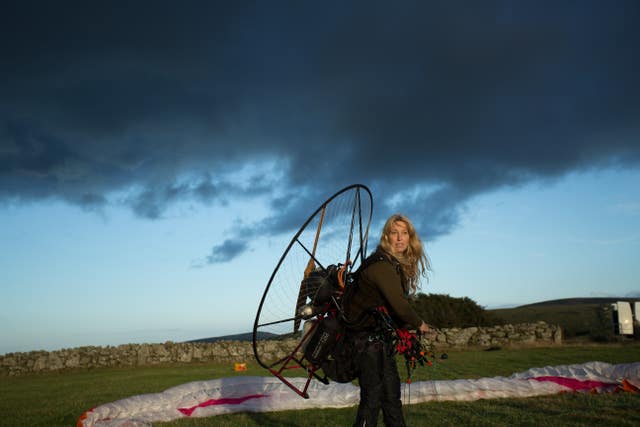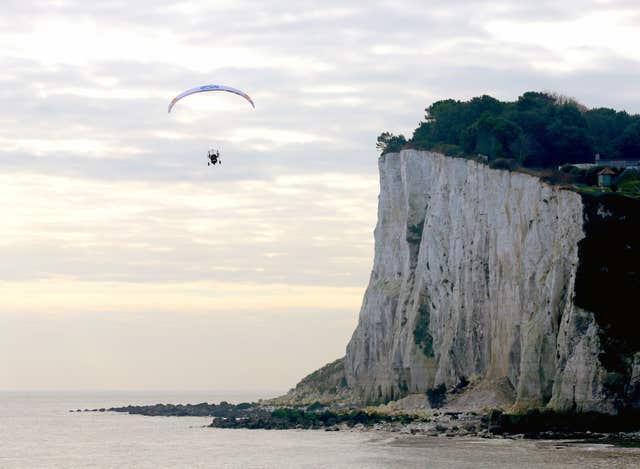Conservationist Sacha Dench to take to the skies to help ospreys
The former free-diving champion will track the bird of prey’s migration route using just a parachute wing and a small propeller engine.

A sportswoman and conservationist is taking to the air for a trip of more than 6,000 miles to track the migration route of ospreys from the UK to Africa.
Sacha Dench is making the flight using just a parachute wing and a small propeller engine strapped to her back to follow the bird of prey’s route from Scotland to Ghana.
The former free-diving champion previously raised awareness of the plight of Bewick’s swans by completing a journey by paramotor that took her along their migration route from the Russian Arctic to the UK.

Following the ospreys will take her through potentially turbulent conditions, see her fly at high altitude along and over the Atlas mountains in Morocco, and expose her to the intense heat of the Sahara desert.
Ospreys were once common across Europe but the bird was driven to extinction in many places, including Britain, in the 1800s.
They have returned or been reintroduced to sites in Britain, and numbers are rising slowly, experts said.
Ms Dench’s “flight of the osprey” expedition in autumn next year will include taking aerial photographs of critical wetland sites and landing every few hours to speak to people.

She aims to help scientists get a fuller picture of threats to the birds such as habitat loss, plastics, pollution, climate change and persecution by people, and to build a network of support in communities along the osprey’s route.
Ms Dench, who set up Conservation Without Borders to help migratory species, with partners including UN agencies, farmers, hunters and other organisations, said she was “really excited” about her new expedition.
“The osprey is a magnificent bird and an impressive flyer.
“To get inside the head of the animals we are trying to bring back, and try to see the world as they do, will be an eye-opener for scientists and conservationists.
“The last expedition taught me there is nothing like showing up and talking to local people, to help learn what the problems really are, but also to come up with a plan – with them, and sometimes really quickly – for how to solve them.”
She said she hoped the expedition would not just help ospreys.
“By investigating the health of the wetlands, especially the plastics and pollutants getting into the water system, we could help all manner of migrating birds and other animals that depend on healthy wetlands and waterways, including ourselves.”





